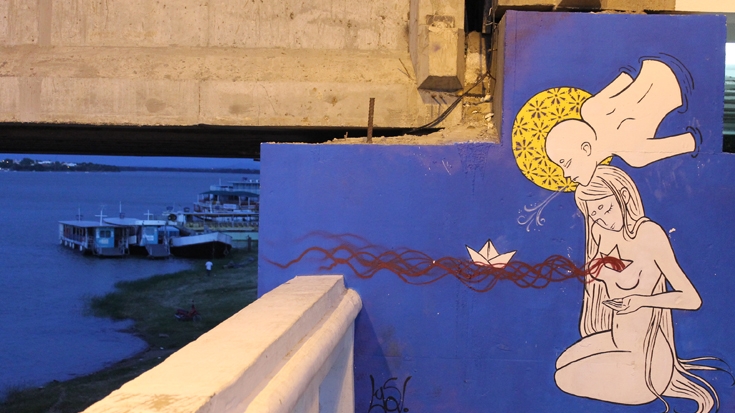Imagine a road thousands of kilometers long without potholes, toll booths or traffic jams connecting three great regions in one of the largest countries in the world. A waterway that could be used both by passengers and cargo, which is also completely green and no dollars were needed to build it.
Now imagine that this road already exists and practically hasn’t been used in half a century. Instead, inhabitants of this region use roads that are dangerous and in poor condition, full of tired drivers on exhausting journeys with no rest.
Adding another element to this scenario. Imagine that this is happening in one of the poorest regions of a country, which spends US$31.62 billion every year in transportation, a figure that represents almost 40% of all national spending on logistics.
It is neither Russia nor China: it’s Brazil.
The result of a strategy adopted in the 1960s to prioritize roads in the country’s development, Brazil now boasts 214,000 km of paved roads, 1,300,000 km of unpaved roads and 30,000 km of railroads.
“This type of damage is the result of a decision taken when Brazil wasn’t yet the agricultural power it is today,” recalls Julio Cezar Busato, President of the Farmers and Irrigators Association of Bahia, in northeastern Brazil.
However, the idea of using Brazil’s enormous rivers for passenger and cargo transportation is beginning to take shape again, at a fraction of the cost of overland transportation and with the added possibility of integrating them with other, existing transportation systems and modes.
São Francisco River
One of the rivers where this strategy has already been put to practice is precisely the long toll and jam-free highway we were imagining before: the São Francisco river in Brazil’s northeast, which extends for 2,830 km, 1,300 of which are navigable. There are 13,000 km of waterways throughout the country.
Those inhabitants dependent on the river for mobility and survival, such as residents of Juazeiro and Petrolina, on the banks of this waterway, say that the task will not be easy. The former is home to a port that has never been used. In the latter the port does function, but has become increasingly harder for the only company still operating in the place, Icofort. Abandoned train stations and roads full of weeds complement the scene.
“When there were no roads, the river was the only link between local settlements,” recalls Commander Bartolomeu Borges, son, grandson and great-grandson of ship captains. “Nowadays navigation is very difficult.”

